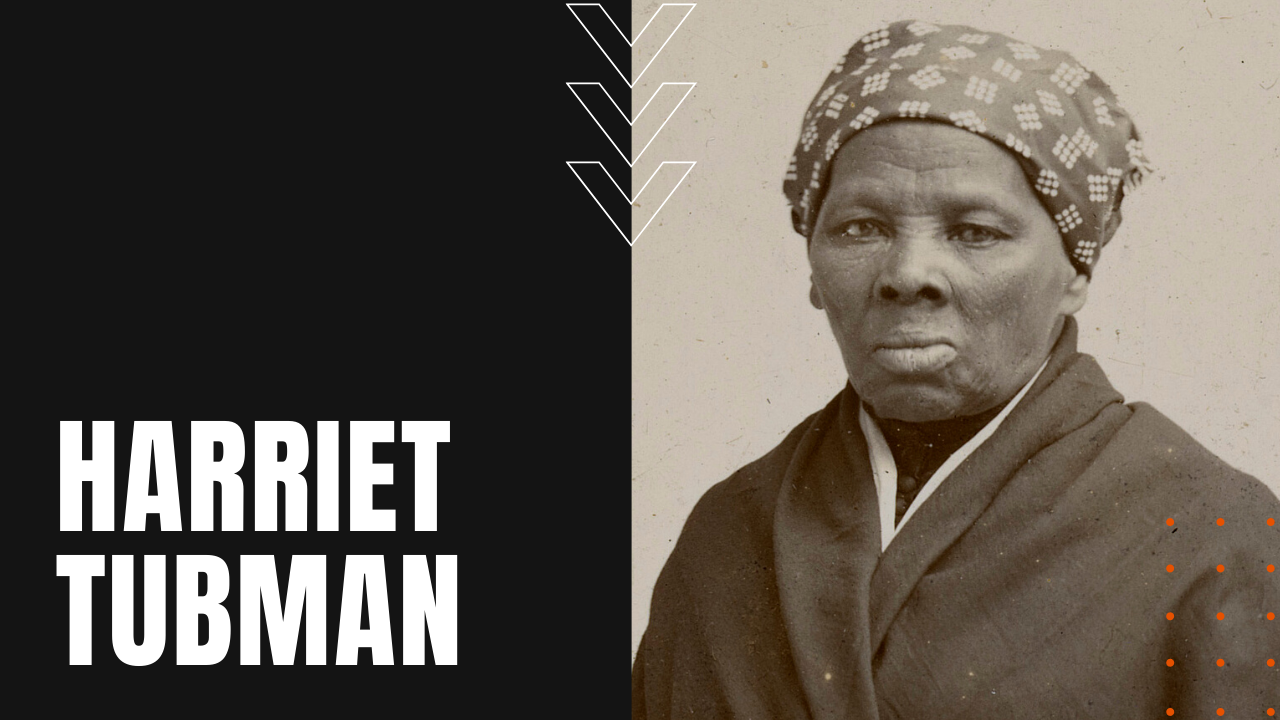Harriet Tubman Biography: Celebrated Underground Railroad Conductor

Born into slavery in 1820 Dorchester, Maryland, at age twelve, Harriet Tubman suffered a severe head injury when she stepped in front of an overseer about to hurl a heavyweight at a runaway slave. Her good deed would leave her with recurrent headaches and narcolepsy for the rest of her life, while making her an unattractive prospect for slave buyers.
Harriet Joins Underground Railroad
In September of 1849, when two of her brothers were about to be sold away from her family, Harriet convinced them to escape with the help of the Underground Railroad, and while the brothers ultimately backed out, Harriet traveled 90 miles north to freedom in Pennsylvania. After the passage of the Fugitive Slave Act of 1850, which allowed runaway slaves and freed Blacks alike to be captured and re-enslaved, Harriet became a conductor on the Underground Railroad, establishing her own network that led no less than 70 enslaved people to freedom in Canada, including her own elderly parents.
“I never ran my train off the track and I never lost a passenger.”
Harriet Tubman
Union Army Recruits Harriet Tubman
After war broke out in 1861, Harriet was recruited by the Union Army to assist fugitive slaves at Fort Monroe, while working as a nurse, cook and laundress, using her knowledge of herbal medicines to treat sick Union soldiers and freed slaves alike.
Two years later, Harriet was recruited to lead an espionage network for the Union Army, where she provided critical intelligence about Confederate Army supply routes and troop movements, while helping to free southern slaves for service in Black Union regiments.
Life After Civil War and Death
After war’s end, Harriet married Civil War veteran Nelson Davis in 1869, settling with family and friends on land she owned in Auburn, New York, and while she remained illiterate her entire life, she toured parts of the northeast speaking on behalf of the women’s suffrage movement, working with such notables as Susan B. Anthony.
In 1896, Harriet purchased land next to her home, opening the Harriet Tubman Home for Aged and Indigent Colored People, and due to her own advancing age and lingering symptoms from her youthful head trauma, Harriet eventually moved into her namesake rest home in 1911, where she passed away from pneumonia on March the 10th, 1913. Today, Harriet Tubman’s legacy of activism and bold works lives on in a number of schools and museums that bear her name, while the story of her life has been routinely portrayed in books, movies and documentary films.
